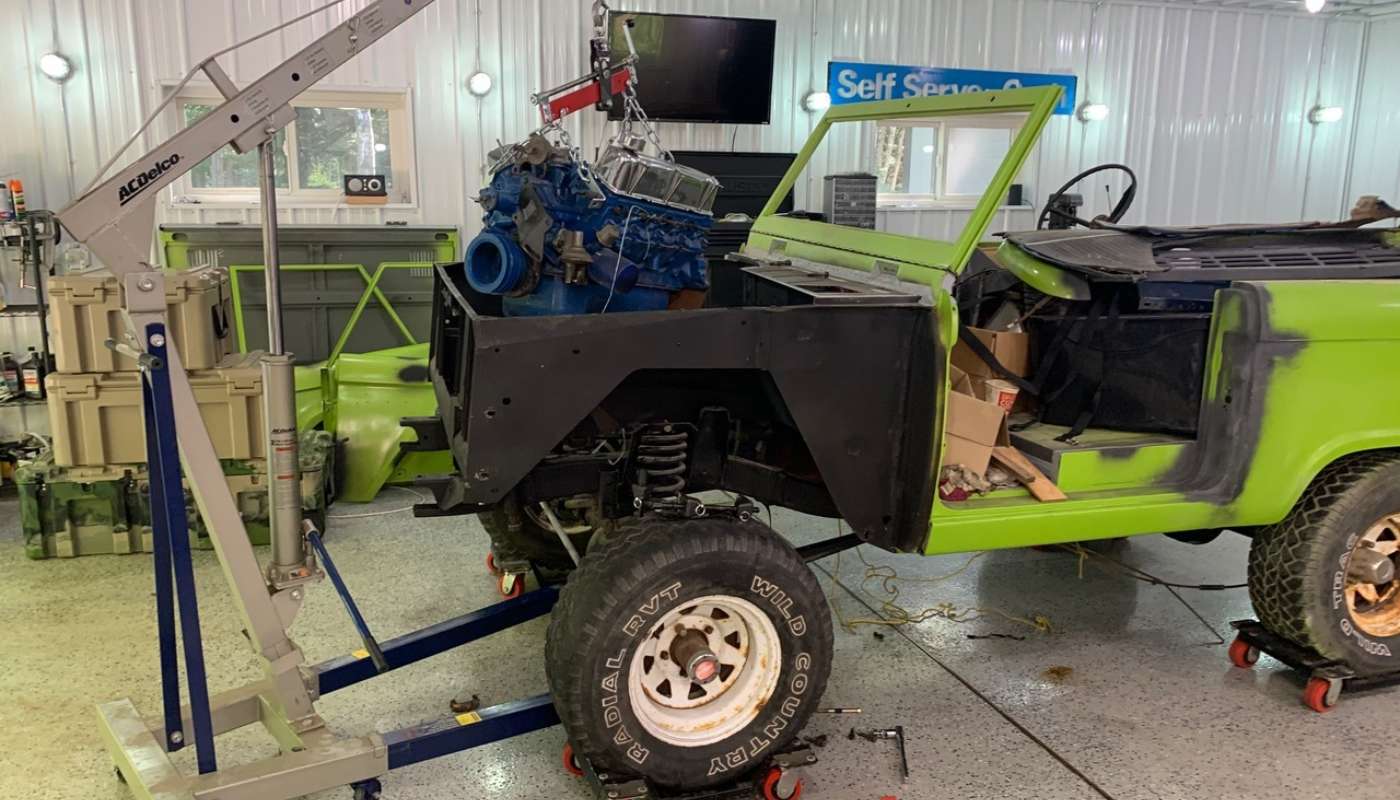
Will a 351 Windsor fit in an Early Bronco?
By Jeff Bruss
Depending on year and sub-model, the first-generation Ford Bronco came with four standard engines, ranging from puny straight-sixes to the ubiquitous 302 small-block. While my 1973 Ford Bronco project truck came with the desirable 302 from the factory, her best days had passed, and the Bronco was in need of a new heart. Knowing full well that I’d have to get a little creative with the fitment, I upgraded to a built 351 Windsor small-block that I had on hand. But to give my precious Windsor the best chance of fitting under the Bronco’s flat hood, several modifications needed to be made while the body was off.
Production of the “early Bronco” spanned from 1966 to 1977, and in that time, two standard straight-sixes and two optional V8s were used. The original Ford Falcon-derived 170 ci six-cylinder produced 105 hp, and saw duty from the Bronco’s inception through 1972. The 1973 model year welcomed the upgraded 200 ci six-cylinder. The first V8 iteration didn't come until 1967, when you could upgrade to the 200 horse, 289 ci V8. The 289 was only in service for a couple years before it was replaced by the 302 from 1969 to 1977.
My 1973 Bronco Ranger originally came with the optional 302 V8, and while it offered nearly double the horsepower of the standard inline-six, the 302 only spec'd out at 141 hp. Consider the 2021 Toyota Corolla offers similar horsepower… I rest my case. I weighed my engine options in a previous article and settled on a built 351. It features Edelbrock Victor Jr. aluminum heads, an Edelbrock Performer intake manifold and a Ford Racing F303 cam, meaning it should propel this old four-wheel-drive with more enthusiasm than even the most sinister four-barrel Cobra Jet Mustang could muster back in its birth year. Based only on the sum of its parts (without any paperwork to prove it), the new 351 should be turning out in excess of 400 horsepower.
All those extra ponies don't come easy in the old Bronco though. While the horizontal engine space is abundant, vertical space was an obstacle. The deck height of a 302 left a reasonable amount of room from the air cleaner to hood. But when you drop in the taller 351 block, a modern aluminum intake manifold and four-barrel carburetor, you're fresh out of ceiling space.
The lack of height to accommodate the 351 can be tackled in several ways. Most people opt for a 2 or 3-inch body lift. The body lift in itself (dependent on the engine build) is usually sufficient. But when you start adding high-rise intakes or taller air filters, you'll still run out of room, which leads to a scooped hood or lowering your engine mounts. Since the Bronco is intended to be an off-roader (although most now serve as pavement queens), the scooped hood is the preferred method to keep ground clearance to your oil pan at a satisfactory level.
I want to avoid a hood scoop at all costs to keep a factory look on my rig, so turned to my shiny 351 to see if any additional clearance could be had. As I received it, the engine was capped with a high-rise, single-plane intake — pretty much a knock-off version of Edelbrock’s Victor Jr. The single-plane was less than ideal for my performance needs, and it added an inch or more to the overall height, so I ditched the faux-Vic and swapped it for the Edelbrock Performer. The Performer has pretty much the slimmest profile of any aluminum intake at just over 4 inches tall, which took my engine’s overall height down from 23-24 inches to 22 inches from the frame rail.
Without intentionally doing so, I've created an Edelbrock sculpture by topping off the Performer 351W intake with a new AVS2, 650 cfm carburetor finished in Johnny-Cash black. I had researched several carburetor options, and even EFI, before choosing the AVS2. Beyond its agreeable pricepoint, the AVS2’s party piece is an annular booster design, which is supposed to improve performance over standard down-leg boosters.
While I can't speak for its performance, reliability or setup yet, I can say the carburetor arrived from Edelbrock in less than first-quality condition. The black coating was missing from the base in several areas, and not just minimally. Several spans of the carburetor measuring an inch long by a quarter-inch tall were chipped away right out of the box. While this doesn't affect performance, it is a bit of a bummer when ordering a brand new carburetor. Hopefully performance trumps looks.
For now, the engine sits patiently awaiting a test fit under the hood, as I have some transmission and transfer case fitting I want to do first. But then it’s time to lower the body back down and hope it pulls like it's Le Mans ready. I'm hoping like hell it fits.

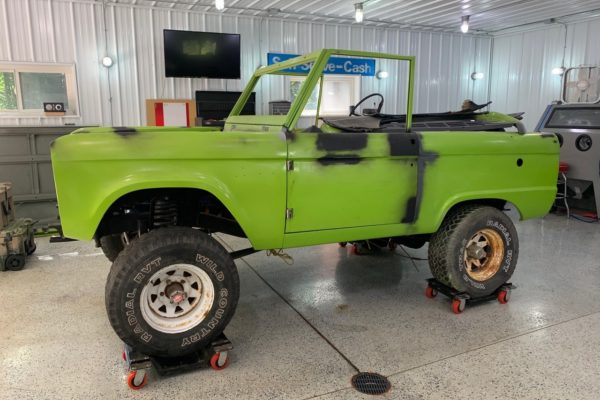
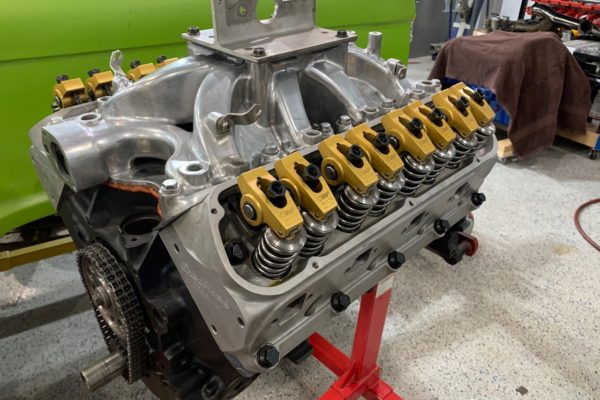
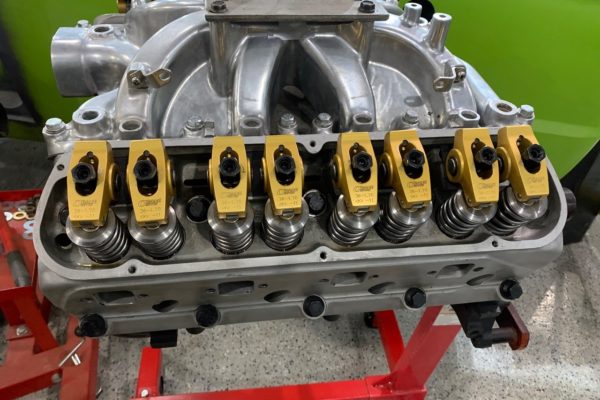
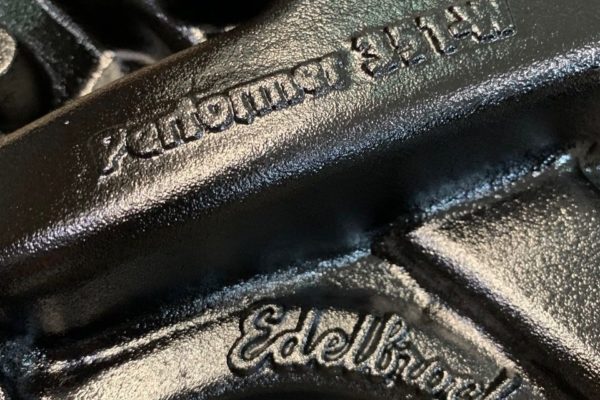
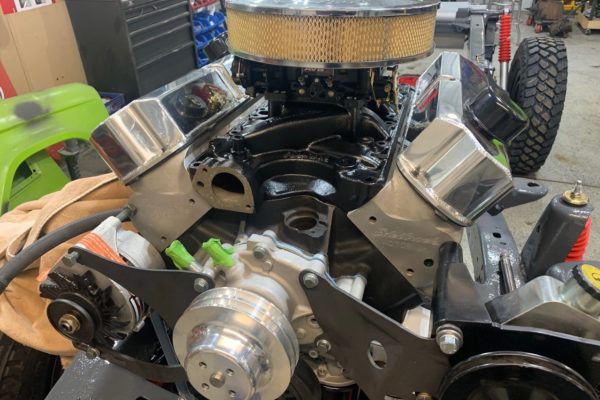
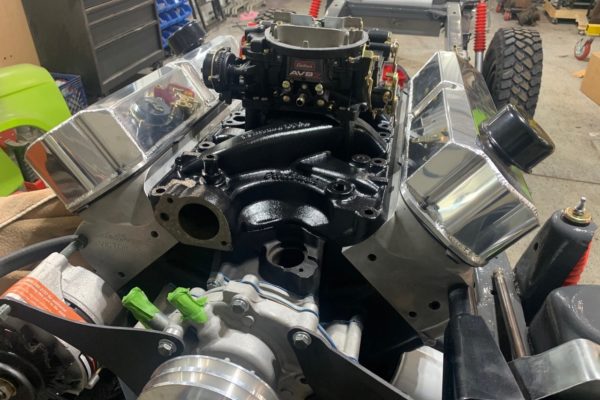
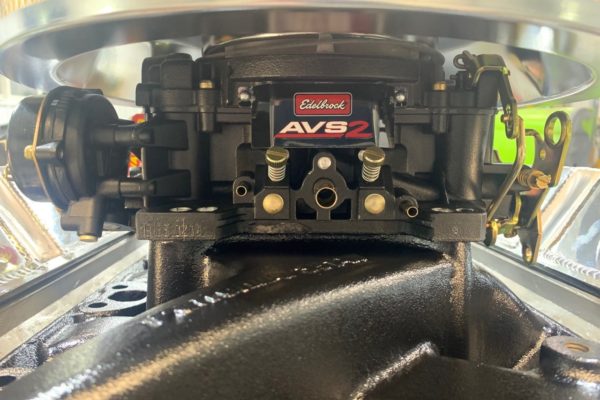
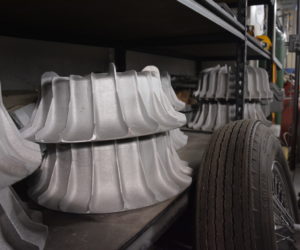
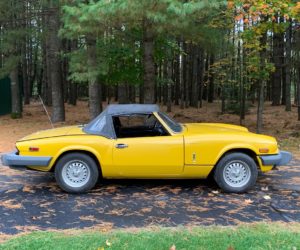
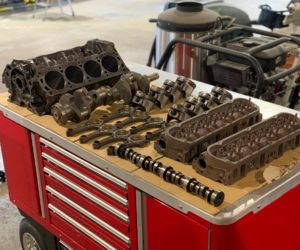
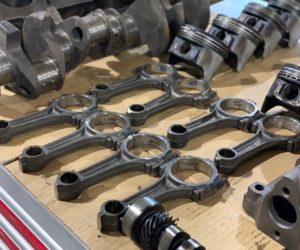
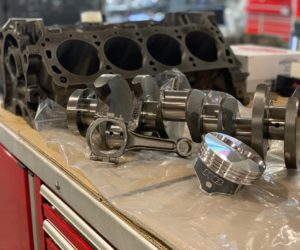
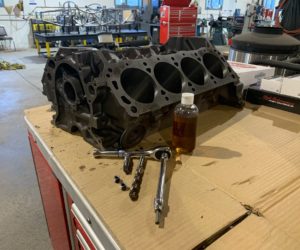




Comments for: Will a 351 Windsor fit in an Early Bronco?
comments powered by Disqus